The device is able of redirecting an incoming laser ray to any specific angle, employing liquid crystals. The technology has been developed by researchers from the Applied Photonic Group from the “Centro de Materiales y Dispositivos Avanzados para las TIC” (CEMDATIC) from the Telecommunication School of the UPM (ETSIT).
The new device provides a cost effective, low power, lightweight, small footprint and transparent high-performing 2D beam steerer with an active area free of driving electronics.
Redirecting a light beam to a desired direction, without employing movable parts, is of interest in a plethora of applications, including light ranging in LIDAR technology, optical tweezers, augmented reality systems and wireless optical communications.
Non-mechanical systems, known in literature as beam steerers, are especially beneficial in space communications as no inertia is used to redirect the communication wave link and, so that, no counterbalancing is needed.
Liquid crystals are used in these non-mechanical devices due to their electro-optical properties. A liquid crystal reorientates its molecules when it is under the influence of an electric field, whereby one may electrically tune the speed of light passing through it.
In the designed beam steerer the active area is split into electrodes, that each can be excited by a unique electrical field signal. This makes it possible to generate different patterns, changing the behavior of the liquid crystal spatially (very similar to the working of an LCD TV). Addressing with the adequate pattern, the incident light beam is deviated, analogously to how a crystal prism does. Cascading two one-dimensional liquid crystal cells generates a two-dimensional beam steerer.
The beam steerer is manufactured in the CEMDATIC clean room and consists of two glass wafers with transparent electrodes and liquid crystal sandwiched in the middle. Prior to assembly, the electrode pattern is generated using direct laser writing on one of the wafers.
To illustrate the functionality of the device an image is generated, point by point, as the one depicted in the figure.

The research has been published in the prestigious journal Scientific Reports.



